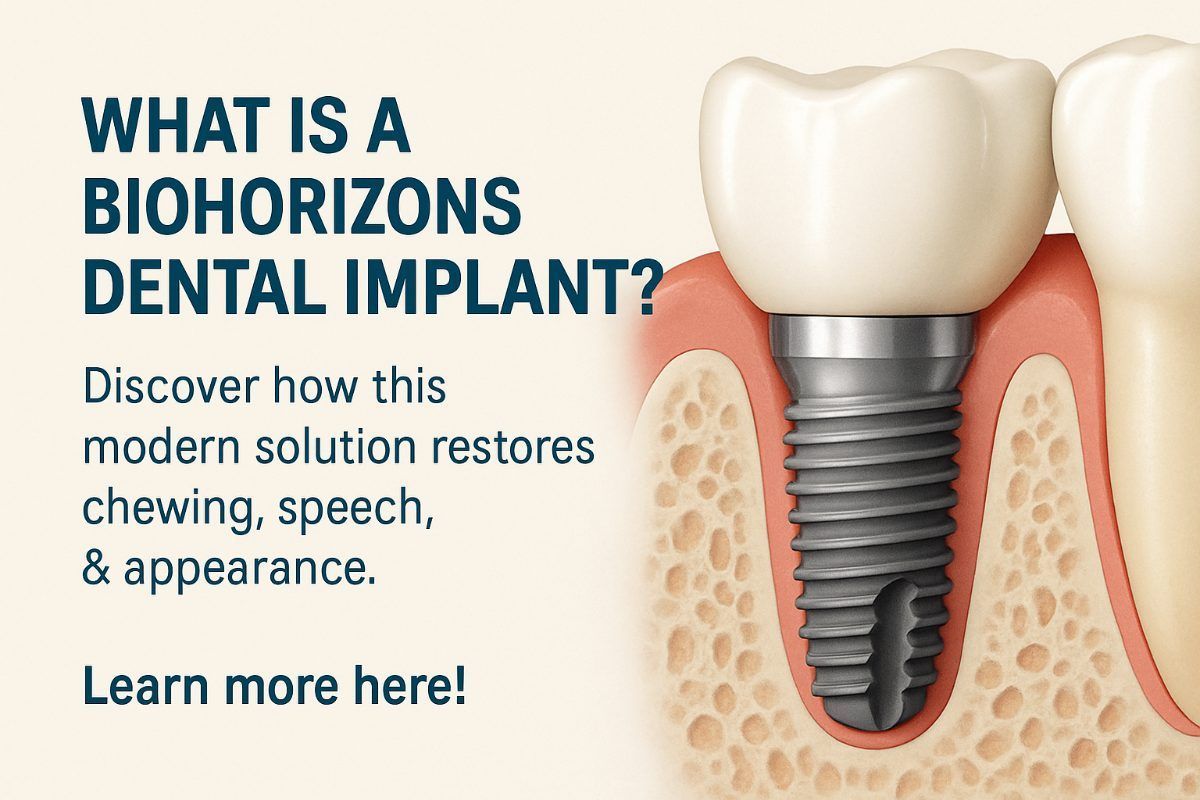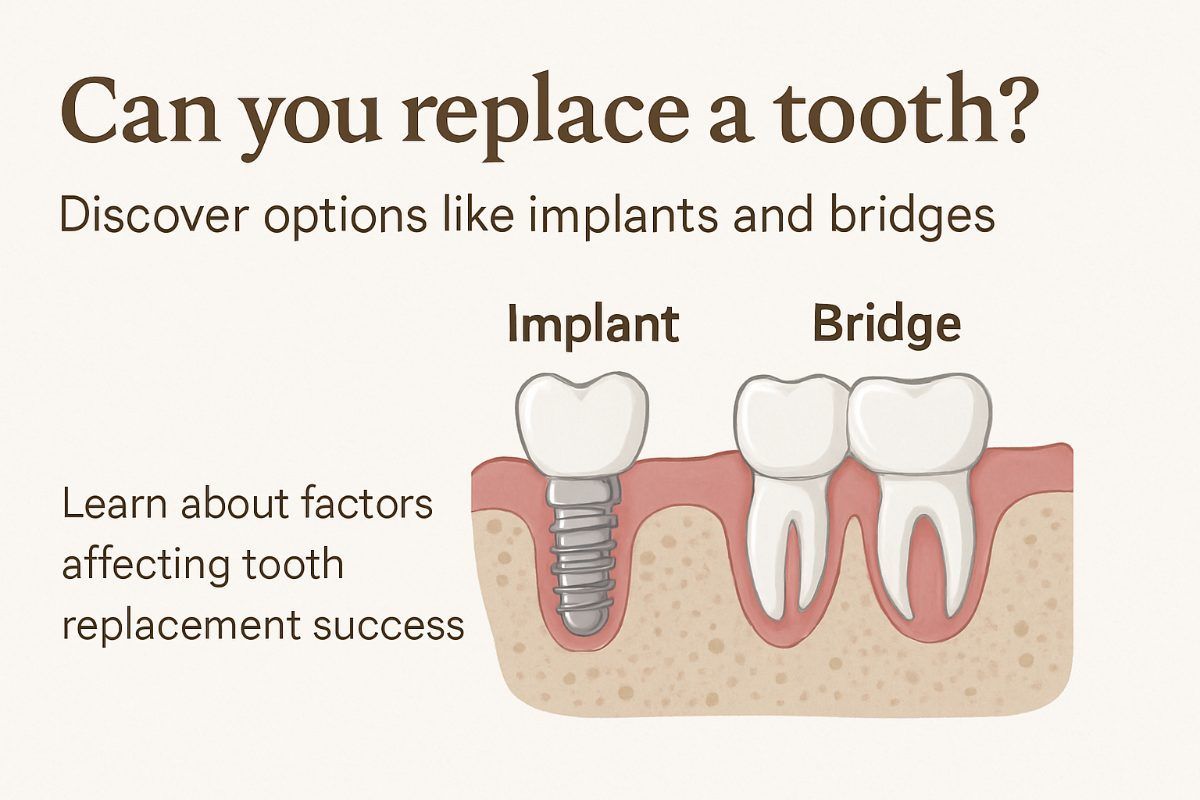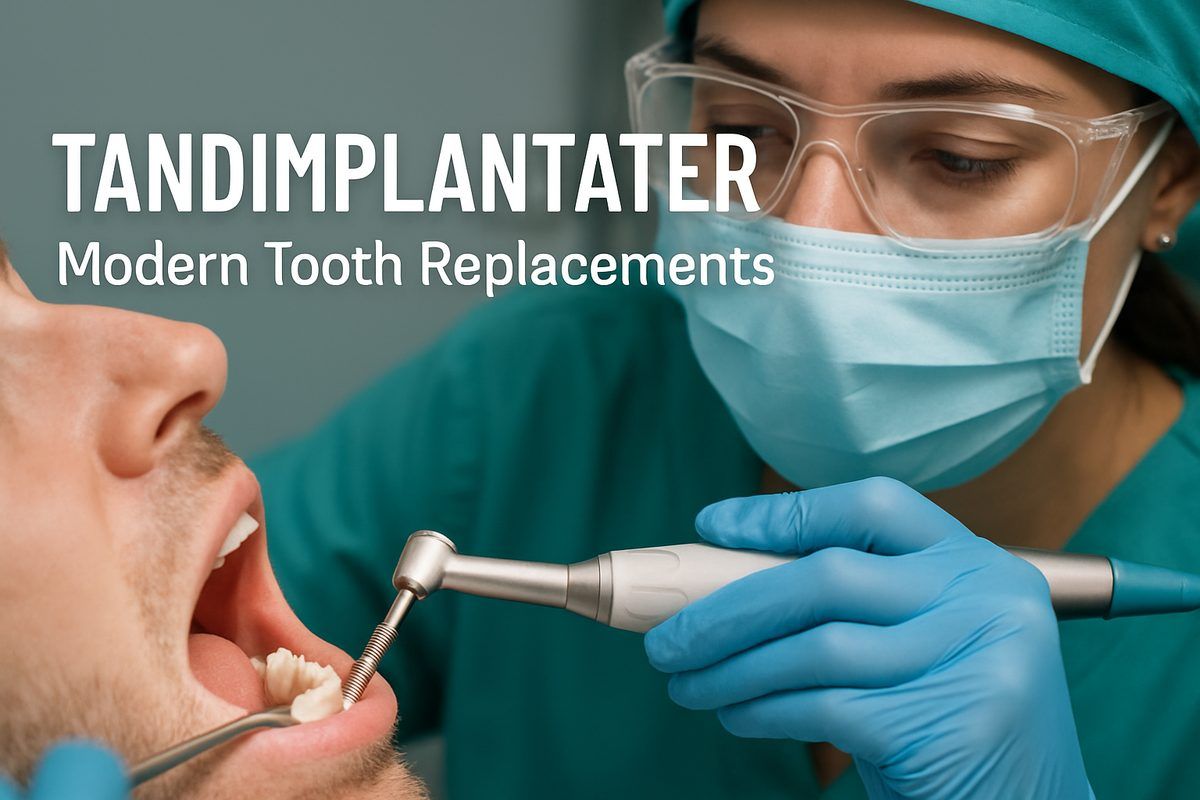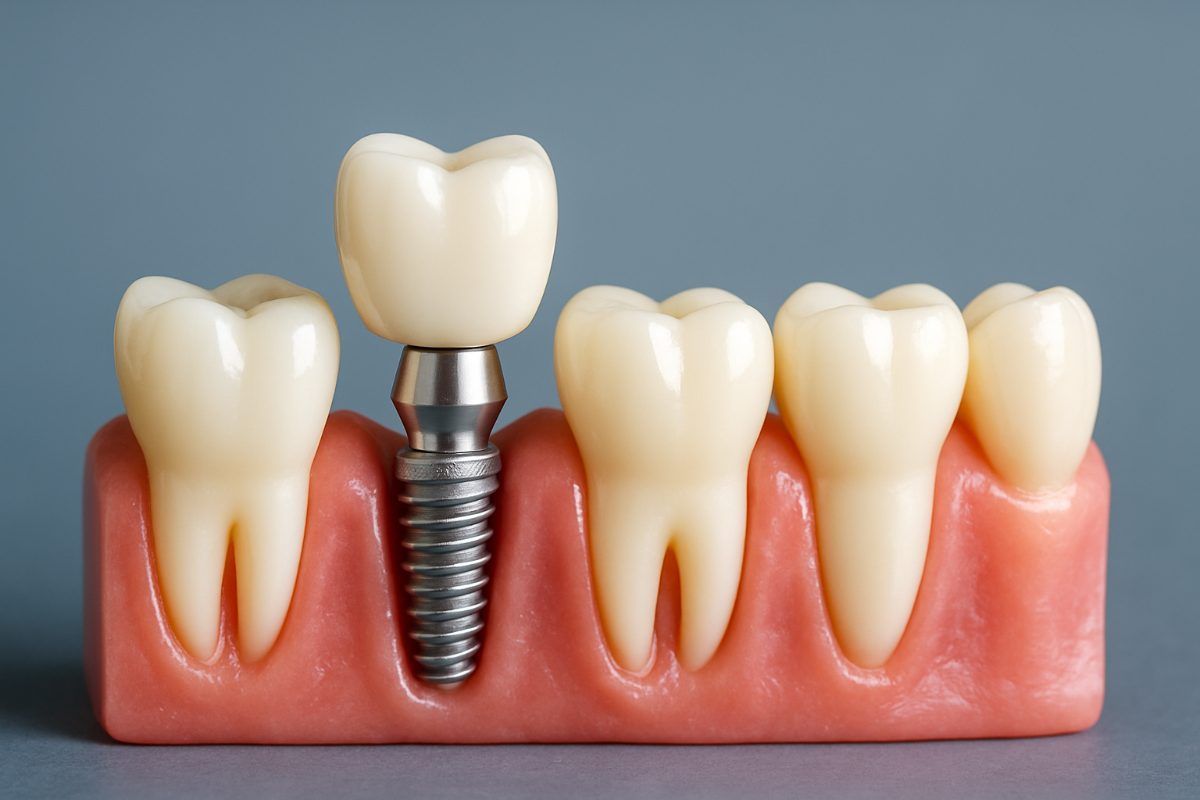Understanding Your Abutment on Implant: A Comprehensive Guide to Dental Implants Success
Dental implants in Irvine, CA have transformed restorative dentistry, providing a reliable, long-lasting solution for patients with missing or damaged teeth. These implants restore both dental function and aesthetics, significantly improving oral health and quality of life. A complete dental implant typically consists of three fundamental components: the implant screw (which integrates directly into the jawbone), the abutment, and the artificial tooth—commonly known as the crown. Understanding each component, particularly the abutment, is crucial to the success and durability of the implant procedure.
The Critical Link Between Implant and Crown in Irvine, CA
Simply put, an abutment on an implant is the connector piece that links the titanium implant with the artificial tooth crown. Once the implant has properly fused with your jawbone—a process known as osseointegration—your dental specialist will securely attach the abutment atop the implant. This metal or ceramic component protrudes minimally above the gum line and creates a stable platform for the crown.
The abutment plays a critical role in ensuring a secure fit for the final restoration, as it serves as the interface between the implant and the visible tooth structure. Depending on the patient's needs and the location of the implant, abutments can be customized in shape, size, and material to provide the best aesthetic and functional result. Abutments can be made from materials such as titanium, zirconia, or even gold, which offer strength, durability, and a natural appearance.
The Role of the Abutment in Implant Functionality and Aesthetics
The abutment plays a vital role in the overall implant procedure. It ensures secure anchoring and alignment, stabilizing the final tooth restoration to enable full functionality such as chewing and biting. Adequate abutment selection and skilled placement are essential, as it directly affects the stability, comfort, and aesthetics of your final dental restoration. A precisely chosen and carefully positioned abutment significantly contributes to the longevity and success of your dental implant.
In addition to its role in providing a stable foundation for the crown or bridge, the abutment also helps maintain the health of the surrounding gum tissue. Its design can influence the gum contour and ensure that the final restoration blends seamlessly with your natural smile. A well-positioned abutment can help prevent gum recession and other complications that may arise over time.
Custom, Stock, and Material Options in Irvine, CA
There are various types of implant abutments designed to meet different anatomical and cosmetic needs. Custom abutments are often created to provide a perfect fit and natural appearance, especially suitable for visible front teeth. These abutments are carefully designed based on the patient’s unique oral structure, ensuring not only a precise fit but also seamless integration with the surrounding gum tissue, creating a more natural look. Custom abutments are particularly beneficial for patients who desire a high level of aesthetic refinement, as they can be tailored to complement the shape, size, and color of the adjacent teeth.
Stock abutments, on the other hand, come in prefabricated shapes and sizes and are utilized primarily when aesthetics is less critical, such as in the back of the mouth where the tooth is less visible.
Factors Influencing Successful Dental Implant Integration
Several essential factors affect successful implant integration, including bone quality, surgical precision, proper abutment selection, and post-operative hygiene practices. High-quality bone structure supports implant stability, while accurate surgical technique ensures optimal integration. Selecting the correct abutments tailored to your anatomy and cosmetic requirements further bolsters the likelihood of implant success.
Are you ready to restore your smile with our skilled and trusted dental practice? Don’t wait to get the smile of your dreams with us. Get in contact with our doctor, Dr. Vanila, and our exceptional team at Guru Dentistry to schedule an appointment today!
